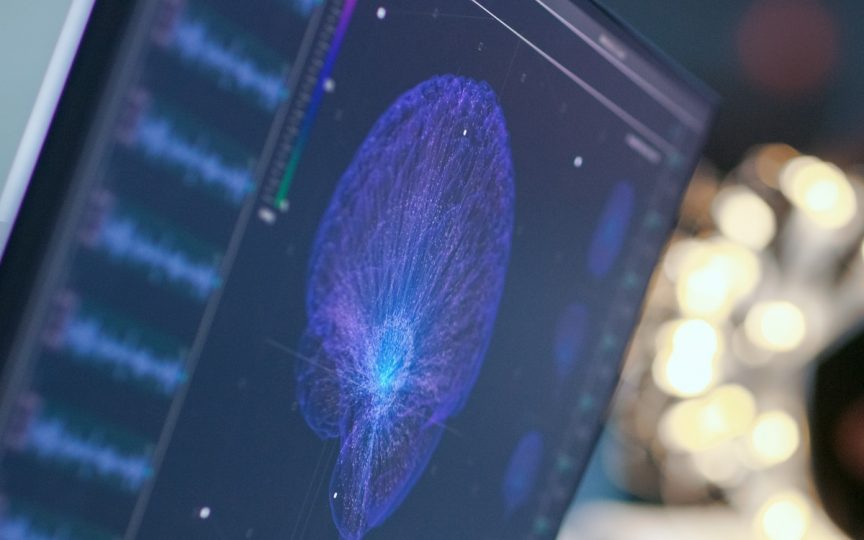We find ourselves at our present crossroads with a well-traveled toolkit, perhaps too well worn but with aspirational hopes and dreams for the field of sleep neurotherapeutics. This volume is organized thematically into six topical domains that parallel the major subspecialty areas of contemporary clinical sleep neurology practice, as well as novel directions and opportunities. The issue begins with an overview of the central disorders of hypersomnolence, including narcolepsy, idiopathic hypersomnia and other hypersomnia disorders, and the related use of the entire broad range of stimulant and wake-promoting pharmacotherapies. Next, the range of behavioral therapies, application of light and light restriction and melatonin therapies, and hypnotic pharmacotherapies useful in insomnia and circadian sleep-wake rhythm disorders are reviewed, followed by an overview of treatment options for sleep-related breathing disorders including positive airway pressure and the novel approach of hypoglossal neurostimulation for obstructive sleep apnea. The parasomnias and sleep-related movement disorders, including NREM disorders of arousal, REM parasomnias (nightmares and isolated sleep paralysis and idiopathic/isolated REM sleep behavior disorder, and restless legs syndrome are then discussed, and the applications of sleep neurotherapeutics in sleep and neurological disease are reviewed, including neurodevelopmental, epileptic, autoimmune encephalopathies, and neurodegenerative diseases. Last, the novel directions and opportunities in sleep neurology offered by cannabinoid therapies and machine learning/artificial intelligence methodology conclude this comprehensive survey of contemporary sleep neurology. We hope that you find this volume to be a useful and inspirational support tool for the work that matters most, your care of all our sleep neurology patients in the clinics.

